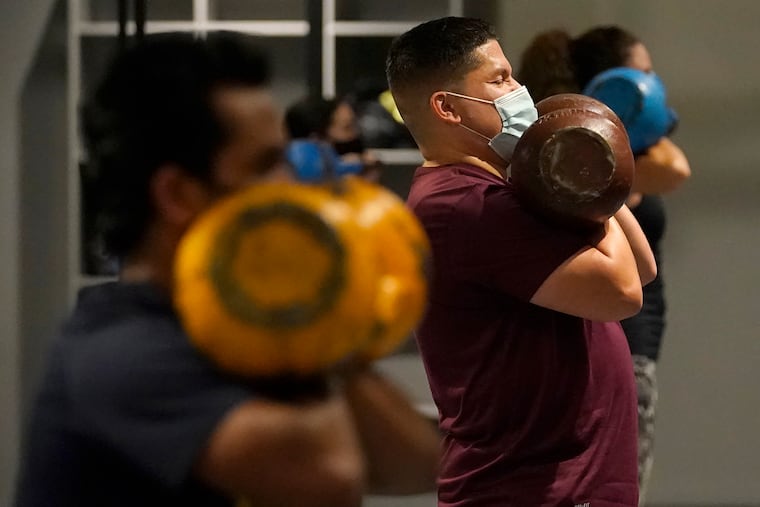One in 4 Americans don’t get enough activity. How much do you need?
One in four U.S. adults spend too much time sitting and not enough time moving.

Q: How much exercise should I get every day?
A: Move more and sit less may have become a mantra of sorts for healthy behavior, but 25% of U.S. adults do not seem to be following that advice.
Rather, the Centers for Disease Control and Prevention reports that about 1 in 4 adults in states and territories is inactive. That means they are not doing enough physical activity outside of work — such as running, walking for exercise, or gardening — to protect and enhance their health.
By locale, the CDC found the prevalence of inactivity to be highest in the South (27.5%) and lowest in the West (21%), ranging from about 18% in Colorado to 49% in Puerto Rico. In seven states and one territory, however, more than 30% of adults are inactive. Not getting enough physical activity can contribute to heart disease, type 2 diabetes, obesity, and some types of cancer, along with higher health-care costs. But better sleep, lower blood pressure, reduced anxiety, and less risk for dementia and several chronic diseases are among the benefits of physical activity.
To realize these health benefits, most adults should get at least 150 minutes of moderate-intensity physical activity a week, according to the latest federal Physical Activity Guidelines for Americans. In addition, new research published in the journal JAMA Internal Medicine estimates that about 110,000 deaths a year could be prevented if middle-aged and older adults increased their physical activity by just 10 minutes a day.